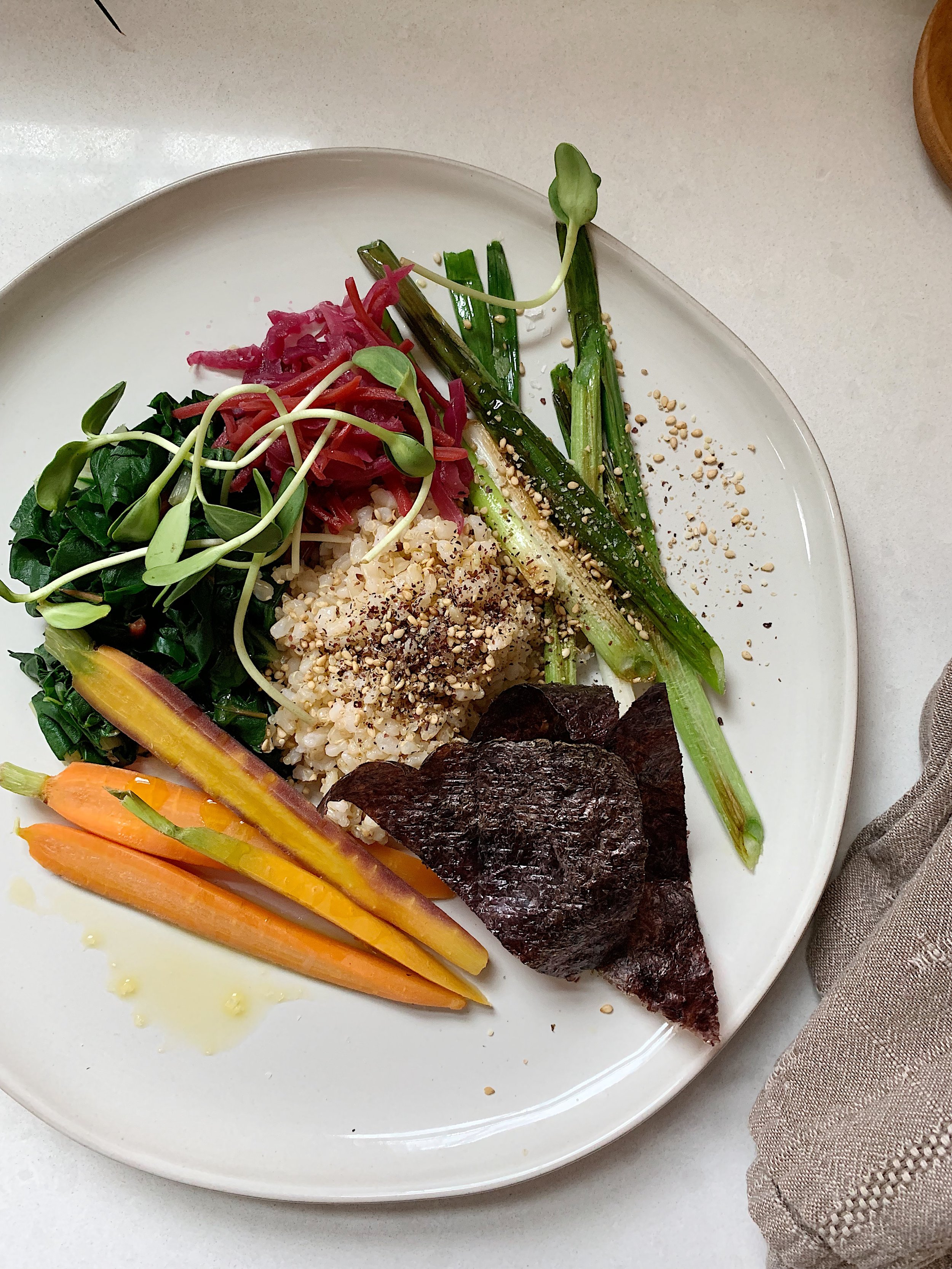The Summer Cold
We have learned very well to be proactive and prepared for winter colds, but when it comes to summer colds, we often let our guard down or don’t realize we need to be doing anything preventative at all to avoid sickness. It’s the warmest season of the year! It’s all about high energy, letting loose and being carefree! That’s why it almost always comes as a shock to the system to catch a summer cold… you were having so much fun until your plans are suddenly ruined. It seems like the summer cold is going around in full force this year as we get back to life in public and enter more crowded places with other humans again for the first time in… a long time. In TCM, it’s not necessarily the viruses or bacteria that we need to worry about most when it comes to our immune health - although powerful, new coronaviruses do warrant a next-level vigilance like mask-wearing, for extra protection, of course. But since we don’t have control over what pathogens are out there, we want to concern ourselves more with how our own constitution will react and whether it has the strength to ward off pathogens in a healthy way when we do come into contact with these bugs, and we most certainly will. When we habitually protect our Qi and keep our constitution strong, we are able to deal with unexpected pathogens much more easily and quickly. Here are few tips to do just that during the summer months, when our activity is high and our mind is more set on catching rays than catching colds.
Maintain abundant Qi / Don’t Exhaust Yourself: When temps are over 100 and you’re outside chasing kids or swimming or running errands in the heat, remember to recharge and protect your Qi by doing some breath work, qi gong, having an afternoon rest, hydrating well, or grounding yourself through a gentle meditation or quiet time. With so much Yang activity in the summer, we need this Yin to stay balanced.
Cover your upper back and neck area: A light scarf, wrap, or t-shirt is a necessity when moving from hot to cold environments, especially when wet. The many important acupuncture points for our immune and respiratory function are on our upper back and neck area (over the back of the lungs), and are very susceptible to changes in temperature and exposure to the elements like wind & water. Yo-yoing temperatures can weaken our immune function and make us more vulnerable to pathogens. If you feel yourself catch a chill going into the AC from the pool, cover up immediately. A summer cover-up is just as important as a winter scarf!
Protect your Digestion: Nothing screams summer more than snow cones, giant watermelons, frozen margaritas, ice cold lemonades, ice cream sandwiches, & red-white-and-blue popsicles. This combo is unfortunately an assault on our digestion which cannot stand so many frozen and cold things so frequently, no matter how hot it is outside. Our gut is the foundation for our immunity, so go gentle on it during these excitable months of summer. Minimize the sugary treats (especially the frozen ones) and when you see it get out of hand, reign it in the next week or introduce some simple foods like soups, oats, steamed vegetables and whole grains to warm up your belly a bit and ease the burden of over-indulgence on the Stomach, Spleen and Pancreas.
For Acute Colds: Ginger or Mint hot tea, chicken soups, daikon radish to clear mucus and phlegm, Neti pot to flush the nasal passages, Biocidin throat spray for anti-viral and anti-bacterial action, or Bee Propolis sprays to help with throat pain/coughing, Fritillaria & Pinellia cough syrup for phlegmy coughs (yellow mucus), cupping to break up congestion in the lungs, avoidance of all sugar, dairy, and ice / cold food and drinks. Hydration, Hydration, Hydration :)
























